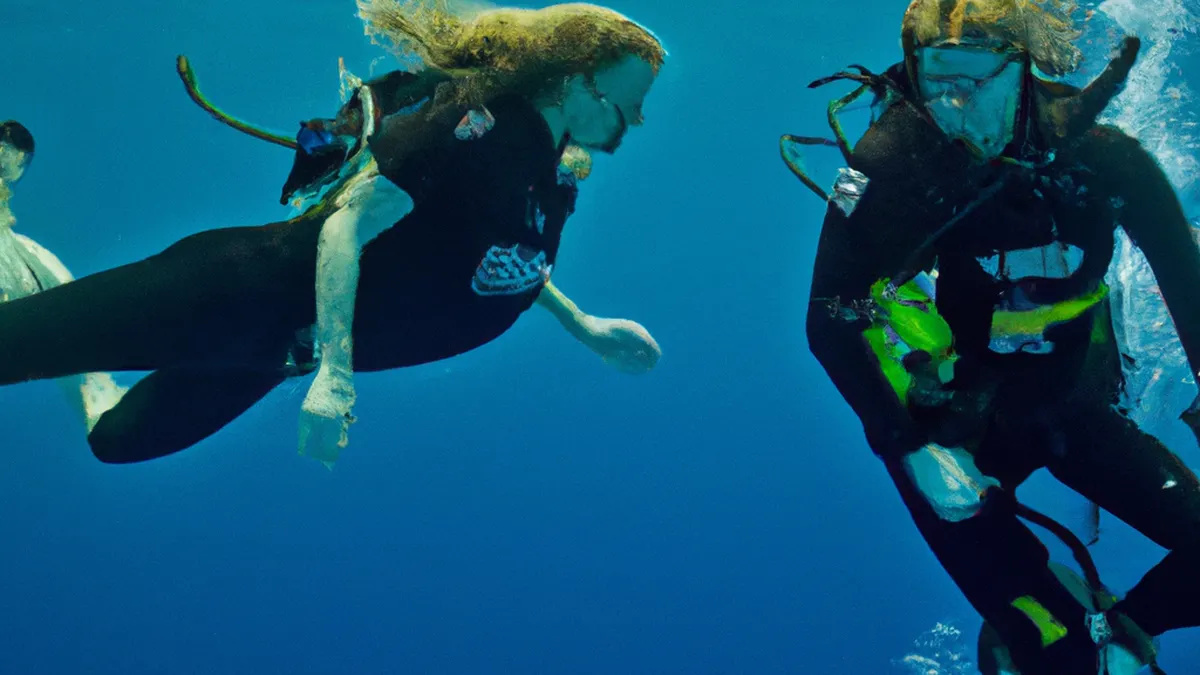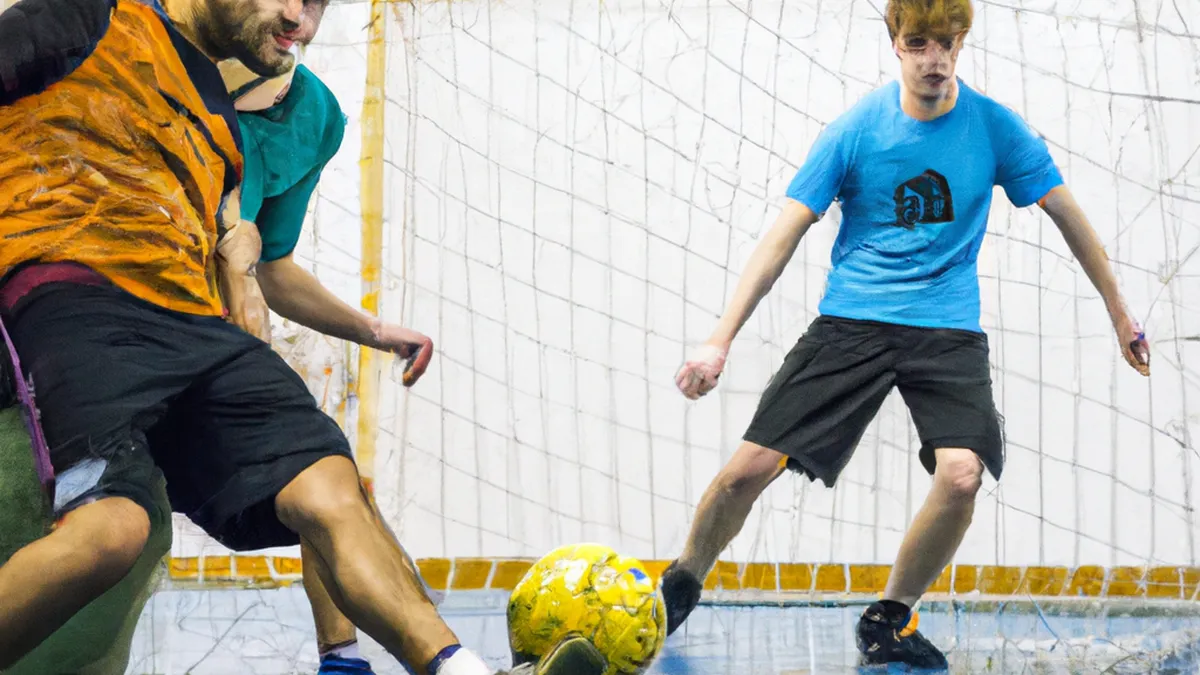Bend and Flex: Backpackers’ Guide
Flexibility Exercises for BackpackersBackpacking offers incredible adventures and challenges your body. However, it can strain your muscles and joints. Many backpackers ignore flexibility training, focusing on endurance and strength instead. Adding flexibility exercises can boost performance, prevent injuries, and enhance your hiking experience.
Why Flexibility Matters for Backpackers
Flexibility improves your mobility while backpacking. Carrying a heavy backpack creates tension in your muscles and joints, causing tightness. Without flexibility, you risk strains, sprains, and chronic pain. Stretching maintains muscle elasticity, allowing better movement and agility. Increased flexibility also enhances your balance on uneven terrain, helping you navigate rocky paths confidently.As you hike for long periods, your muscles fatigue and tighten. Regular flexibility training promotes blood flow and oxygen, aiding recovery and reducing soreness. This is crucial for backpackers pushing their limits on multi-day treks.
Key Flexibility Exercises
As an Amazon Associate I earn from qualifying purchases.
Gear tip: consider compression sleeves, compression socks, and percussive massager to support this topic.
Incorporate specific flexibility exercises into your pre-hike and post-hike routines. Here are some top exercises for backpackers:
1. Standing Forward Bend
This exercise stretches your hamstrings and lower back, which can tighten from carrying a backpack. **How to do it**:- Stand tall with feet hip-width apart.- Inhale deeply and bend at your hips, lowering your torso toward the ground.- Keep knees slightly bent to avoid straining your lower back.- Relax your head and neck, letting your arms hang toward the floor.- Hold for 20–30 seconds, breathing deeply and feeling the stretch.
2. Cat-Cow Stretch
The Cat-Cow stretch enhances spinal flexibility and relieves tension in your back.**How to do it**:- Start on hands and knees in a tabletop position, wrists aligned under shoulders, and knees under hips.- Inhale while arching your back, lifting your head and tailbone toward the ceiling (Cow position).- Exhale while rounding your spine, tucking your chin to your chest (Cat position).- Repeat for 10–15 breaths, focusing on spine movement.
3. Hip Flexor Stretch
Tight hip flexors can cause discomfort during long hikes, making this stretch essential.**How to do it**:- Begin in a kneeling position.
Conclusion
Incorporating flexibility exercises into your routine enhances mobility, prevents injuries, and improves your overall hiking experience.
Below are related products based on this post:
FAQ
Why is flexibility important for backpackers?
Flexibility is crucial for backpackers as it improves mobility and helps prevent injuries. Carrying a heavy backpack can create tension in muscles and joints, leading to tightness and discomfort. By maintaining flexibility, backpackers can enhance their balance and movement, especially on uneven terrain.
What are some key flexibility exercises for backpackers?
Some key flexibility exercises for backpackers include the Standing Forward Bend, Cat-Cow Stretch, and Hip Flexor Stretch. These exercises target areas that are commonly strained during hiking, helping to alleviate tension and improve overall mobility. Incorporating these stretches into pre-hike and post-hike routines is beneficial for recovery and performance.
How does flexibility training aid recovery for backpackers?
Flexibility training promotes blood flow and oxygen to the muscles, aiding in recovery after long hikes. This is particularly important for backpackers who may experience muscle fatigue and tightness during multi-day treks. Regular stretching can reduce soreness and enhance overall hiking experience.















Post Comment